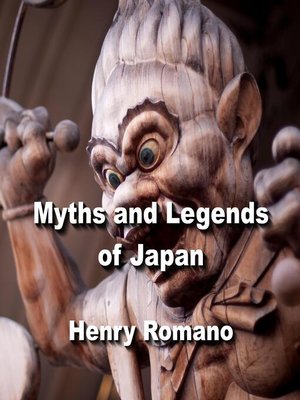Myths and Legends of Japan
audiobook (Unabridged) ∣ Exploring the gods, goddesses, myths, creatures and cosmology of ancient Japanese society
By HENRY ROMANO

Sign up to save your library
With an OverDrive account, you can save your favorite libraries for at-a-glance information about availability. Find out more about OverDrive accounts.
Find this title in Libby, the library reading app by OverDrive.



Search for a digital library with this title
Title found at these libraries:
| Library Name | Distance |
|---|---|
| Loading... |
We are told that in the very beginning, "Heaven and Earth were not yet separated, and the In and Yo not yet divided." This reminds us of other cosmogony stories. The In and Yo, corresponding to the Chinese Yang and Yin, were the male and female principles. It was more convenient for the old Japanese writers to imagine them coming into creation not very remote from their manner of birth. In Polynesian mythology, we find pretty much the same conception, where Rangi and Papa represented Heaven and Earth, and further parallels may be found in Egyptian and other cosmogony stories. We find the male and female principles taking a prominent, and after all, very rational, place in nearly all. We are told in the Nihongi that these male and female principles "formed a chaotic mass like an egg which was of obscurely defined limits and contained germs." Eventually, this egg was quickened into life, and the purer and clearer part was drawn out and formed Heaven, while the heavier element settled down and became Earth, which was "compared to the floating of a fish sporting on the surface of the water." A mysterious form resembling a reed-shoot suddenly appeared between Heaven and Earth, and as suddenly became transformed into a God called Kuni-Toko-Tachi, ("Land-eternal-stand-of-august-thing"). We may pass over the other divine births until we come to the important deities known as Izanagi and Izanami ("Male-who-invites" and "Female-who-invites"). About these beings has been woven an entrancing myth.







